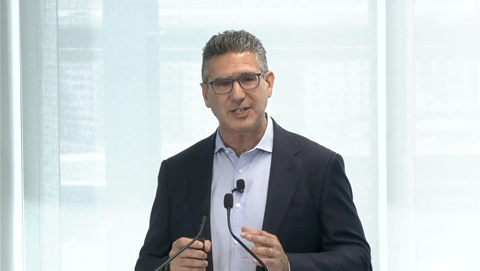As more companies unveil their Web3 plans, other organisations are deciding how they can join in on the excitement to ensure they don’t get left behind.

A new Chainalysis State of Web3 report breaks down the current status of the Web3 industry and its sectors such as NFTs, Decentralised Finance (DeFi), Decentralised Autonomous Organisations (DAO), metaverse and gaming.
In the report the authors discuss how every industry can capitalise on the Web3 momentum through three key factors.
Firstly, organisations need to onboard more users into cryptocurrency as this would increase the pool of people most likely to adopt Web3 tools.
Secondly, there would be a better user experience for cryptocurrency and Web3 tools.
Currently, the interfaces of many DeFi protocols are complex, intimidating, and difficult to use. Fixing this would make newbies more likely to onboard into Web3, according to the Chainalysis report.
Lastly, businesses need to address use cases non-crypto natives care about.
The report noted, that NFTs grew because they attracted people who, while they may not have yet owned any cryptocurrency, cared about art and entertainment. Web3 operators should follow that example and build protocols that address broader market needs.
The report's authors said, “Meeting those three challenges is the key to ushering in the era of Web3, and we’re confident the cryptocurrency community is up to the challenge.”
Ethan McMahon, an economist at Chainalysis told Digital Nation Australia the biggest impediment to broader adoption right now are the technological hurdles.
He said, “The price of virtual reality gear can be prohibitive for some. Metaverse games have also not developed to the stage where the in-game playing experience consistently matches traditional, non-blockchain games. Both of these things will improve with time and then the advantages both from the user and producer perspective will be too attractive for the space to not see broad adoption.”
When implementing Web3 technology into their organisation, McMahon highlighted the hurdles organisations still face.
“One of the largest hurdles includes understanding which blockchains the various services live on and how best to navigate from one to another. In addition, it’s particularly important to understand the risks associated with the services one interacts with,” he said.




_(5).jpg&h=140&w=231&c=1&s=0)
.png&h=140&w=231&c=1&s=0)



.png&w=100&c=1&s=0)

 Digital Leadership Day Federal
Digital Leadership Day Federal
 Government Cyber Security Showcase Federal
Government Cyber Security Showcase Federal
 Government Innovation Showcase Federal
Government Innovation Showcase Federal
 Digital NSW 2025 Showcase
Digital NSW 2025 Showcase












_(1).jpg&h=140&w=231&c=1&s=0)



